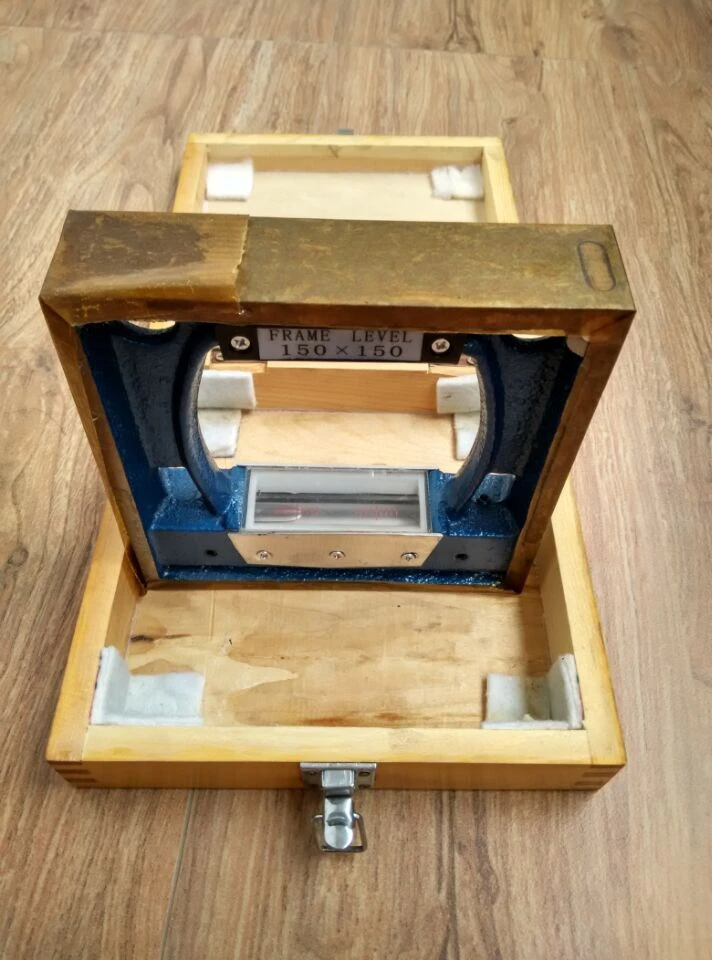दिसम्बर . 01, 2024 03:53 Back to list
butterfly valve seat types
Understanding Butterfly Valve Seat Types
Butterfly valves are widely used in various industrial applications due to their simple design, lightweight construction, and efficient flow control capabilities. One of the critical components of a butterfly valve is the valve seat, which plays a vital role in ensuring a proper seal and preventing leaks. In this article, we will explore the different types of butterfly valve seats, their materials, and their applications.
What is a Butterfly Valve Seat?
The seat of a butterfly valve is the surface that forms a seal with the valve disc when it is in the closed position. The configuration and material of the seat are crucial as they determine the valve's performance, leakage rates, and suitability for specific applications. Depending on the type of butterfly valve, the seat can either be a bonded seat, a pressed seat, or a seat that is integral to the body of the valve.
Types of Butterfly Valve Seats
1. Soft Seats Soft seats are usually made from elastomers such as EPDM (Ethylene Propylene Diene Monomer), NBR (Nitrile Butadiene Rubber), or PTFE (Polytetrafluoroethylene). These materials provide an excellent sealing capability, making soft seats suitable for applications where tight shutoff is necessary. Soft seats can handle a range of pressures and temperatures but are generally not ideal for high-temperature applications due to degradation at elevated temperatures.
2. Metal Seats Metal seats are typically machined as part of the valve body and are constructed from materials like stainless steel, carbon steel, or other alloys. These seats are highly durable and provide excellent resistance to wear, making them suitable for high-pressure and high-temperature applications. However, metal seats may not provide a complete seal compared to soft seats, resulting in higher leakage rates unless designed with specific features to improve sealing capability.
3. Composite Seats Composite seats combine the characteristics of both soft and metal seats. They typically consist of a metal body with a softer sealing material, such as an elastomeric coating, applied to the seal surface. This design aims to provide the durability of metal while maintaining a reliable seal, making them suitable for a wide range of applications.
butterfly valve seat types

4. Resilient Seats Resilient seats are designed to accommodate slight misalignments and thermal expansions, making them very effective in applications where operating conditions can fluctuate. These seats can be made from synthetic rubber compounds that offer excellent flexibility without losing their sealing capabilities. Resilient seats are commonly used in water treatment facilities and HVAC systems.
5. Fire-Safe Seats In industries where safety is paramount, fire-safe butterfly valves are designed with seats that can withstand extreme temperatures and prevent leakage in the event of a fire. These seats may utilize a combination of metal and resilient materials that can maintain their integrity under extreme conditions. They are essential in applications involving flammable materials, ensuring safety and compliance with industry standards.
Choosing the Right Seat Type
Selecting the appropriate butterfly valve seat type depends on various factors, including the specific application, the type of fluid being handled, temperature and pressure conditions, and regulatory requirements. For instance, soft seats may be preferred in water supply systems for their excellent sealing properties, while metal or composite seats may be necessary in the oil and gas industry where high temperatures and pressures are common.
In addition to choosing the right material, it's essential to consider the valve's size, flow characteristics, and the specific demands of the application. Collaborating with valve manufacturers and engineers can help ensure that the right butterfly valve seat type is selected, optimizing performance and longevity.
Conclusion
Understanding the different types of butterfly valve seats is critical for anyone involved in the selection or maintenance of these valves. By considering factors such as sealing requirements, operating conditions, and material properties, one can choose the most appropriate seat type for their specific application. Whether it’s for water treatment, HVAC systems, or demanding industrial processes, selecting the right butterfly valve seat will ensure efficient operation and reliability in the long term.
-
Thread Plug Gauge Our Promise of Measurement ExcellenceNewsAug.22,2025
-
Gauge Pin Class Reflecting Quality LegacyNewsAug.22,2025
-
Check Valve Types for High Rise BuildingsNewsAug.22,2025
-
Water Control Valve for Irrigation SystemsNewsAug.22,2025
-
Gate Valve with Soft Seal TechnologyNewsAug.22,2025
-
Y Type Strainer for Oil and Gas ApplicationsNewsAug.22,2025
Related PRODUCTS









